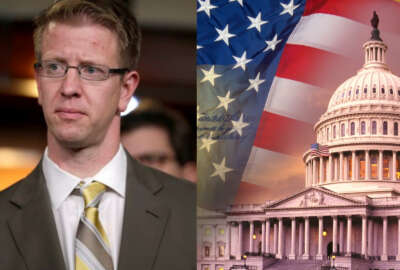In the federal pay debate, 1 + 1 doesn’t always equal 2
Researchers are struggling to agree on the best method for comparing public and private sector compensation. Some analysts say the use of differing methods results...
wfedstaff | April 17, 2015 3:51 pm
The debate over whether federal employees earn too much or too little in comparison with their private sector counterparts has proved to be a point of contention for years. Some groups say federal employees are grossly overpaid while others believe federal salaries are too low.
But some experts believe the source of angst — and disagreement — can be found in the different methodologies researchers use to formulate their conclusions.
On one hand, analysts at the Federal Salary Council based their conclusion that federal employees earned 26 percent less on average on a straight job-to-job comparison, which examines public and private sector salaries for similar positions.
That evaluation system “tends to be the model that all private sector jobs are classified under as well,” said council member Rex Facer Wednesday at a Coalition for Effective Change panel discussion in Washington.
The job-to-job method is useful for determining whether agencies are giving federal employees “appropriate” salaries.
On the other hand, experts argue the council’s method is too narrowly focused, instead preferring the “human capital approach,” which factors in additional criteria, such as education and work experience.
“Economists tend to use the human capital model, [which has] had the best predictive power in terms of wages,” said Andrew Biggs, a scholar at the American Enterprise Institute and co-author of a June 2011 federal and private sector pay comparison that used this approach. The study concluded federal workers earned 14 percent more salary than similar private sector employees.
A Congressional Budget Office study released Jan. 30 also incorporated the human capital approach, finding that overall, federal employees earned about 2 percent more in wages compared with similar workers in the private sector. When researchers factored in total compensation, including benefits, the number jumped to 16 percent.
RELATED STORIES
CBO: Feds earn 16 percent more in pay, benefits than private-sector workers
Public-private pay gap increases to 26 percent
Copyright © 2024 Federal News Network. All rights reserved. This website is not intended for users located within the European Economic Area.





